Legnica Silver Festival 2015
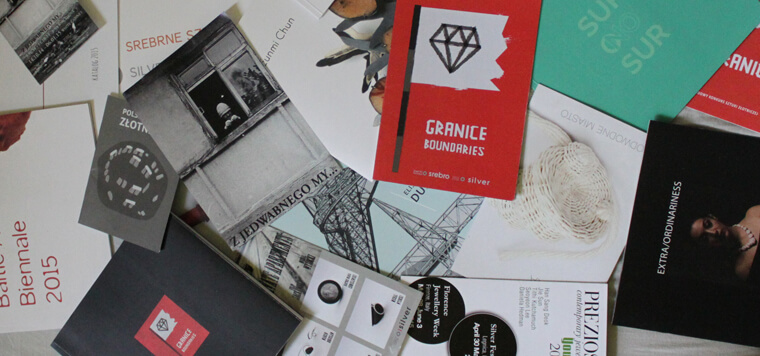 Array
Array
Legnica SILVER Festival is the largest and most important festival in Poland and one of the most important ones in Europe. It is an artistic jewelry show that has been organized for over thirty years by the Art Gallery in Legnica. During the festival there are annually presented more than a dozen individual and collective exhibitions, Polish and international artists, and many accompanying events such as symposia, lectures, exhibitions of jewelry and fashion, contests and workshops for goldsmiths, film screenings, concerts and a series of artistic actions and happenings in the city. (…)
With these words greets us the informator SILVERfestival, which reached its peak this year on 15-16 May. The history of the event itself dates back to the late seventies of the twentieth century, more precisely 1979.
SILVER already was an excellent excuse to gather people making jewelry in one place, thereby facilitating the mutual exchange of experience and views. The works from the first Legnica festival catalogs differ significantly in the form and type of materials used from these of the present.
During the festival, artistic jewelry competition under the theme “Borders” was announced – this year it was the leitmotiv, covering more than 24 exhibitions. As far as the Polish artists are concerned, one of the most interesting expositions was the one titled 25 for 25. Jewelry of the time of freedom. On the Legnica Silver Festival website we can read:
Unlimited by bans or concessions availability of raw material and opening up to other countries reinvigorated the artists in the country, and soon after, and not without success, also abroad. There appeared creators consistently initiating new trends, seeking new forms of expression and a new role for the arts. The attention was focused on a variety of design and materials, it liberated the courage to experiment. It all made the past 25 years for Polish jewelry definitely an interesting and fruitful time. Thus, on previously mentioned exhibition could be seen a cross-section of what has happened over the last 25 years on the Polish arena of jewelry. On display were the works of the greatest and most distinguished creators of Polish jewelry.
Below only a few of them:
- Arek Wolski
- Andrzej Boss
- Jacek Ostrowski
- Jacek Ostrowski
- Andrzej Szadkowski
- Jacek Byczewski
- Paweł Kaczyński
- Jan Suchodolski
Right next to the 25 for 25 the works of the Goldsmithing Artists’ Assoiation were presented – a few steps away, in the gallery Niello, jewelry by Polish creative groups, of which the oldest was created in 1975. One could risk saying that if someone attempted this year to participate in Legnica Festival of Silver, they had an extraordinary opportunity to familiarize themselves with a powerful piece of the history of Polish goldsmiths and extremely cross-sectional picture of the developments in this field, from the first moments after the war, to the present day.
- Radosław Szwed
- Marcin Tymiński
- Mariusz Pajączkowski
- Alicja i Jakub Wyganowscy
During the climax of this year’s Silver, we could also see solo exhibitions of Polish artists, including among others: Anna Król, Ewa Effemberg, Maria Łęcicka, Marta Hryc.
Marta Hryc’s exhibition has been described in more detail by the author during lectures, delivered in the framework of a seminar entitled the Boundaries of Art Globally. The artist in an entertaining and concise way brought closer the stages of working on her doctorate. The effects can be seen in the pictures above.
One of the most interesting exhibitions, which for both me and many of my friends has led to a lively discussion, was inspired by an event of the 1941 We from Jedwabne… The authors of the works making up the exhibition were the Polish artists who were asked to refer to the incident in Jedwabne. The originator and a time curator of the exhibition Piotr Rybaczek (the owner of La Basilica Gallery) specifically took care of the setting for the presented jewelry. Firstly, all the exhibits were in a dark room to which visitors were allowed one at a time. Anyone who wanted to see the exhibition was given a black candle and oral instructions on how to behave after having entered the threshold. The atmosphere around the event was the greater as it was forbidden to photograph exhibits. We were all extremely curious about what was behind the closed doors. The first, which struck upon entering the exhibition was unique, intense aroma, reminiscent of church incense. It took time to get around in the dark and illuminate the way to the coffers with the works. The high temperature as there was in the room and disturbing sounds accompanying us during the uncertain movements from one room to the other increased the sense of discomfort and perception of the presented jewelry. For each of the objects there was attached to it the original description, which was supposed to explain to us the idea accompanying the creation of the particular piece.
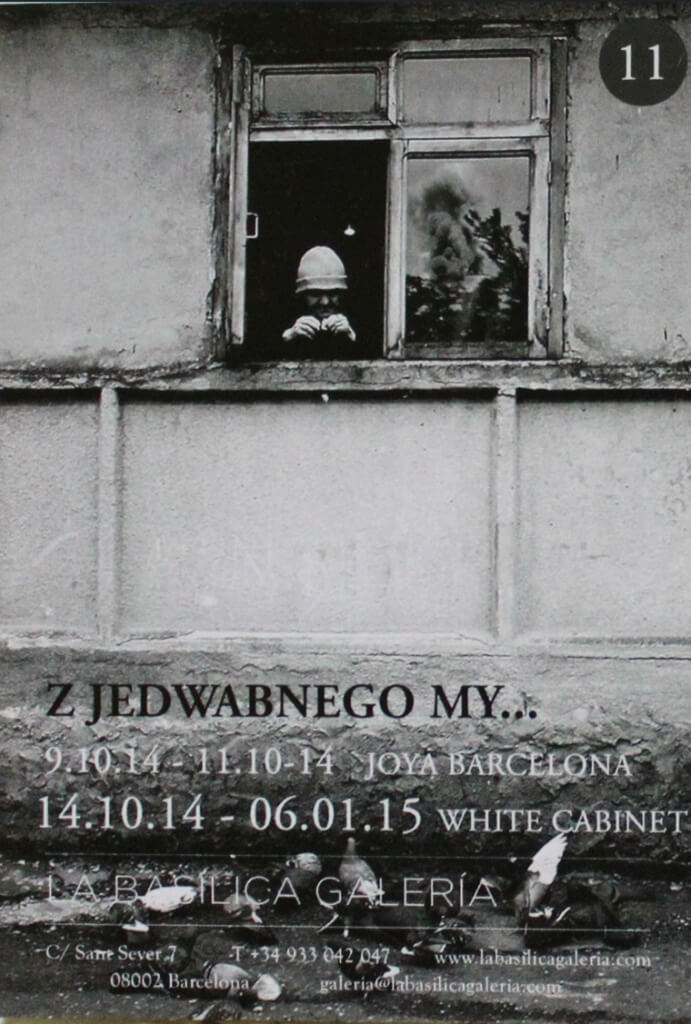
It is impossible to discuss all the exhibitions that took place during this year’s festival of silver. If, after this article you will still feel unsatisfied, I encourage you to visit the Art Gallery in Legnica, where you can find detailed descriptions of each exposure. Finally, a few photos of the works by foreign authors which deserve attention, even though I did not describe them further.
- Christian Förster
- Philip Sajet
- Petra Zimmermann
- Jie Sun
- Ruudt Peters
- Ruudt Peters
- Eunmi Chun
- Eunmi Chun
- Mia Kwon
- Egle Baceviciute
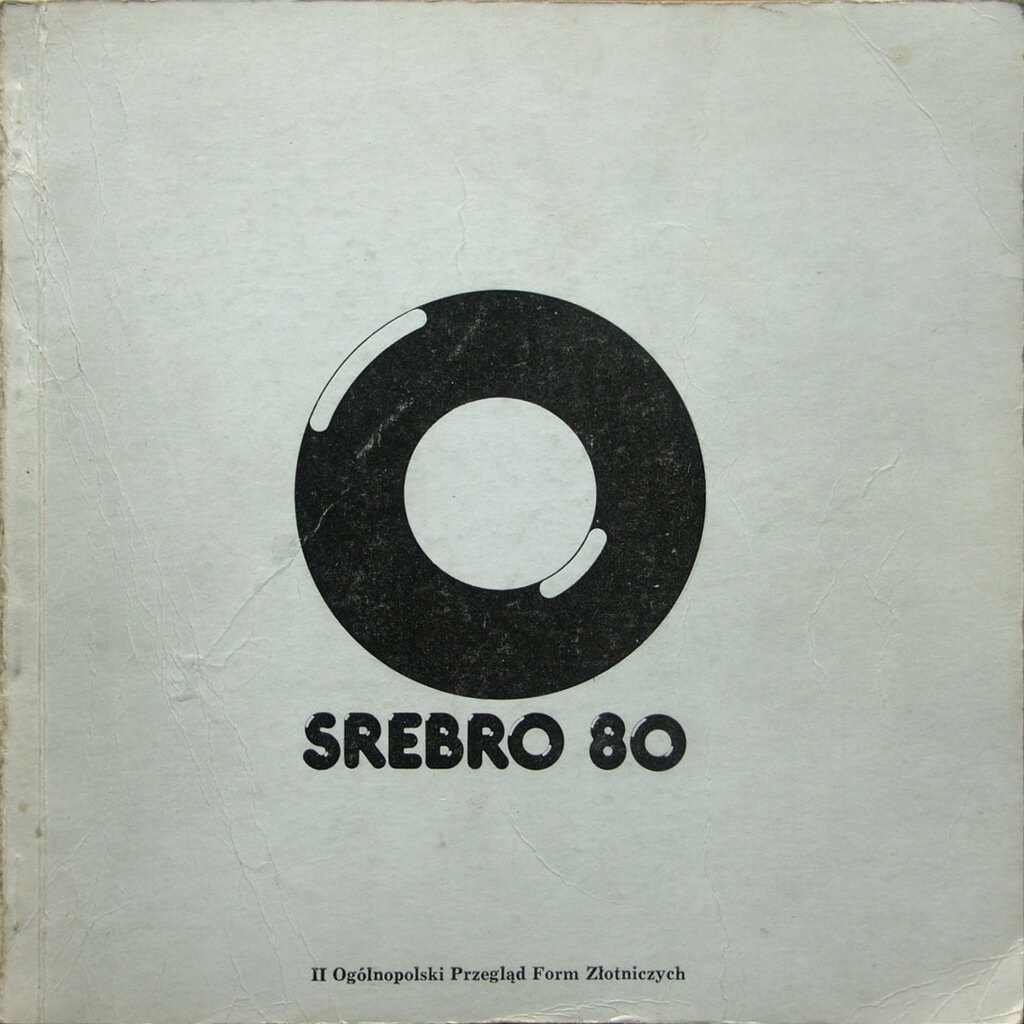
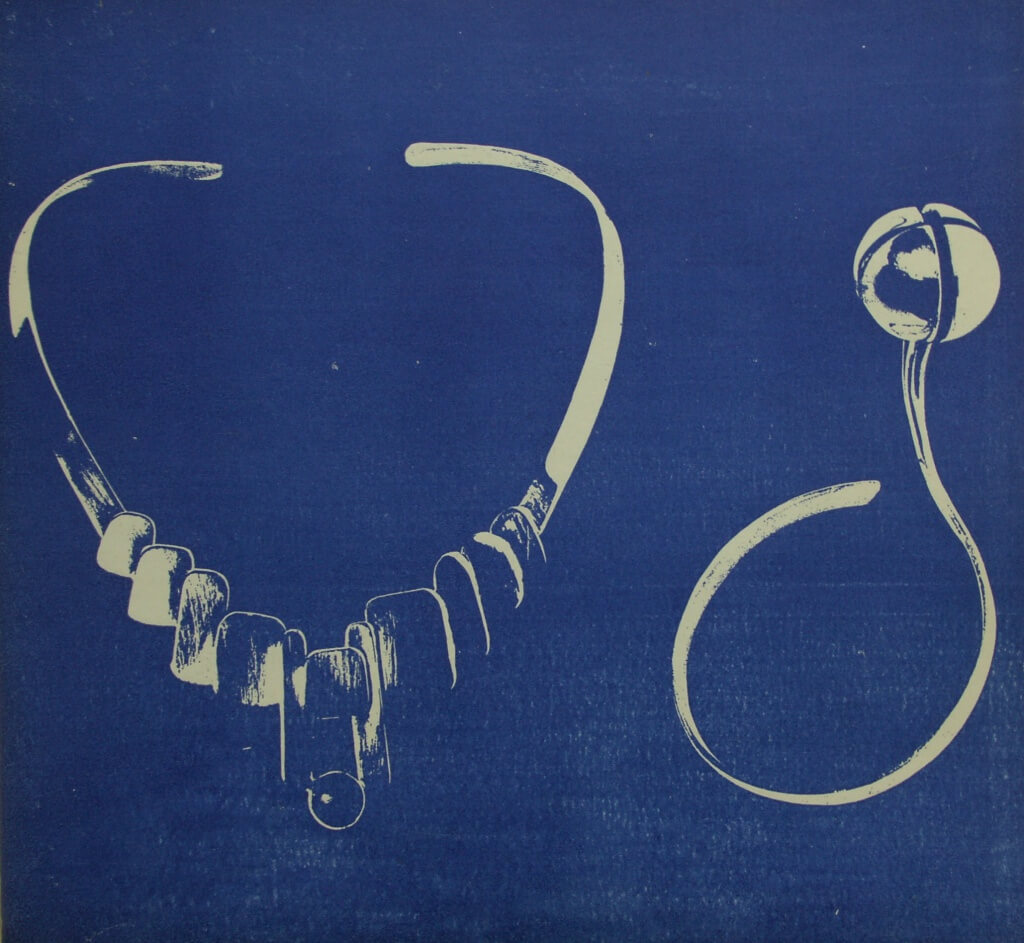












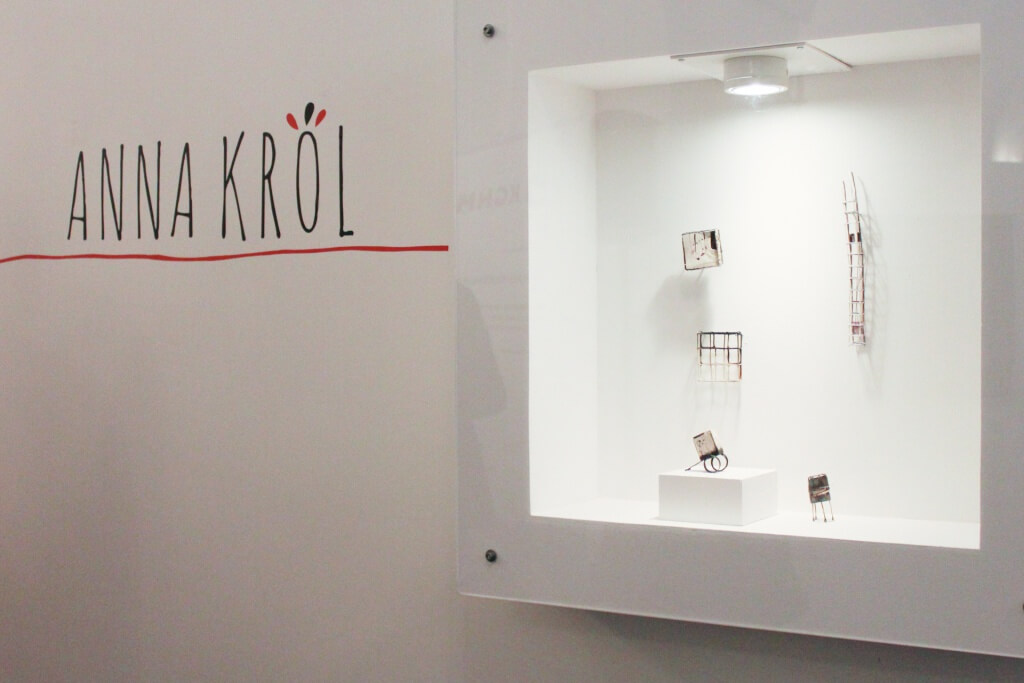
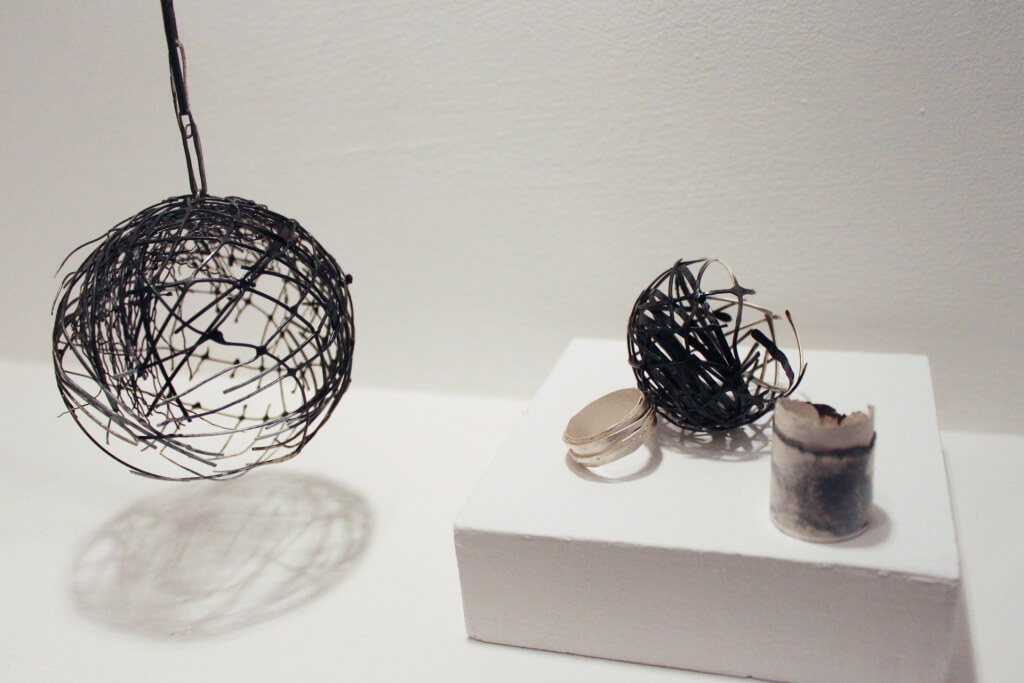


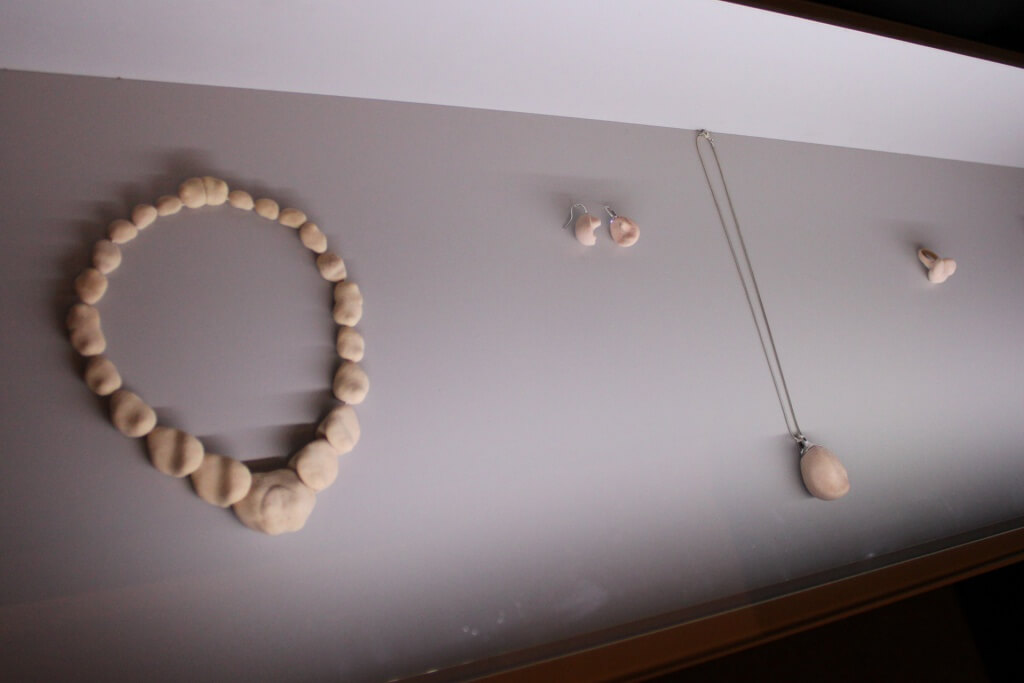











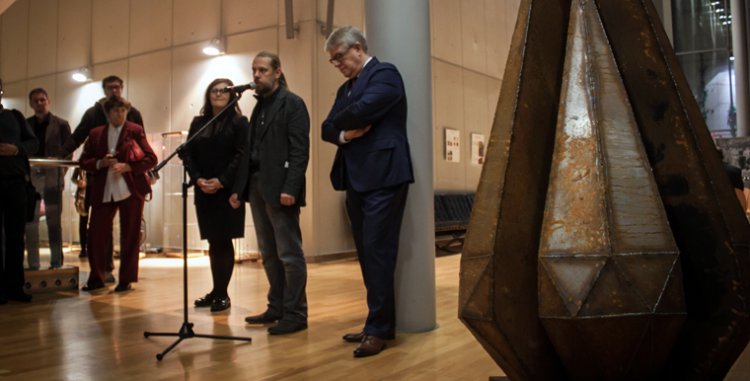
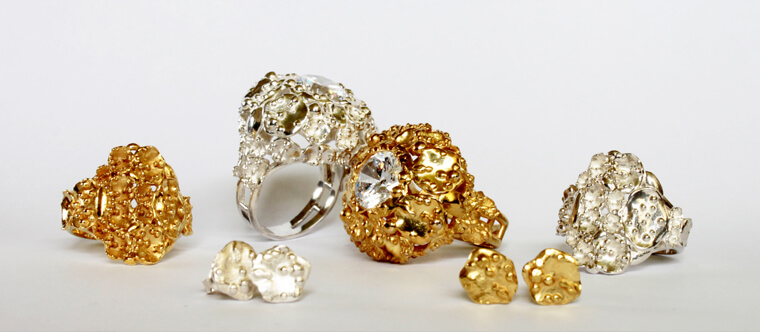
Tell us, what do you think about it